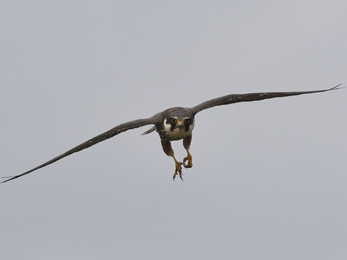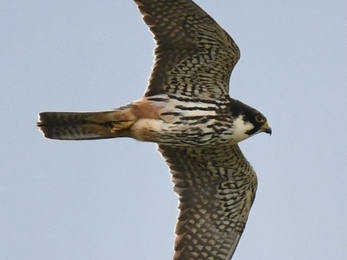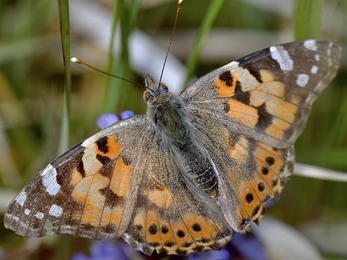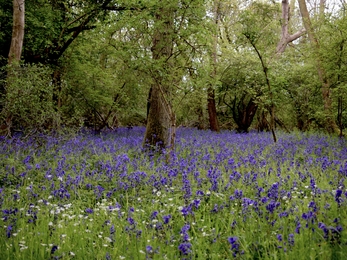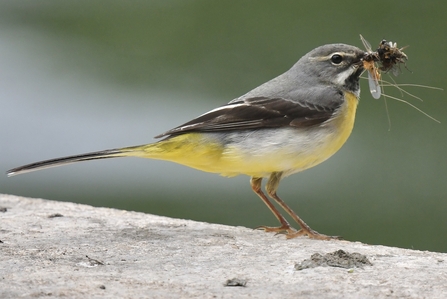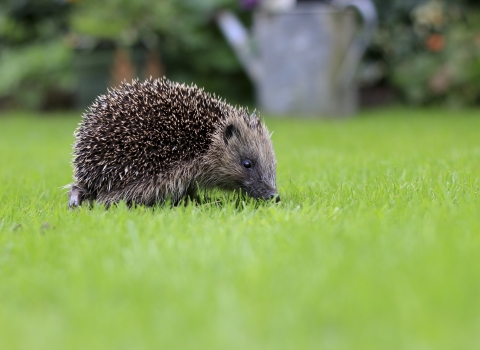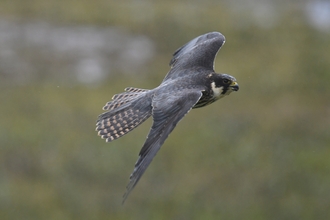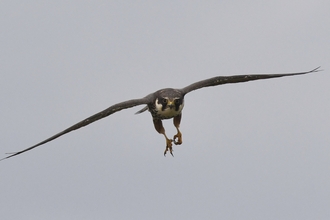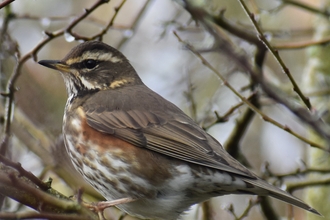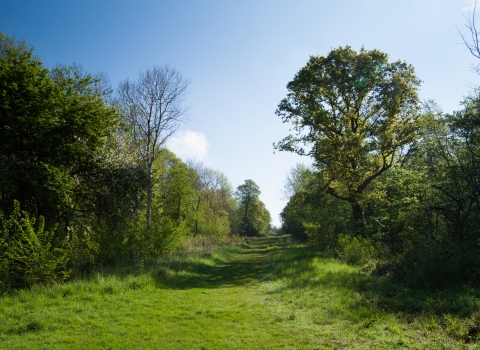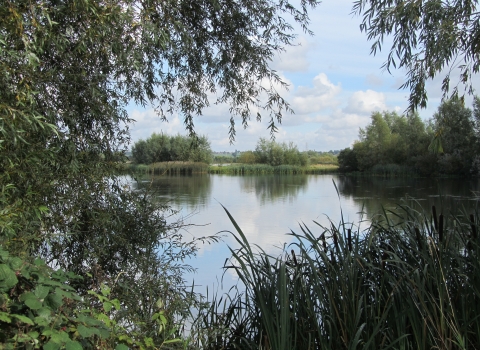It's wonderful being back out and about talking to people about our Trust's ongoing work to protect nature, and finally being able to visit some of our many nature reserves has been a joy. The weather has been a little temperamental to say the least and as I write this, towards the end of May, it seems like we’re back in early March!
Despite the roller-coaster conditions, there has been much wildlife for us all to enjoy since we came out of lockdown - not least the arrival of spring bird migrants: always a fabulous time of year. The beautiful songs of many warbler species have been gracing every tree and shrub it would seem. Blackcaps, chiffchaffs, willow warblers and whitethroats all singing relentlessly - even the sound of the rarer grasshopper warbler reeling its distinctive sound at Summer Leys nature reserve in Northamptonshire. This could be heard from the car park, a real bonus for me as I spent the day chatting to many visitors.







